Family fly fishing trips to nearby rivers or lakes fed her interest in nature and animals where she collected bones, rocks, fossils, and watched the fish swim in the water. Fraser often uses animal characters as stand-ins for children in order to communicate a childhood milestone (I.Q. Goes to School), but she also portrays animals in their natural habitats to convey a respect for what they are and to protect the niche they occupy in the world (Where Are the Night Animals?). More…
Where do authors get their ideas? Author-illustrator mines nature and art #3rdchat #4thchat #5thchat #literacy
Author-illustrator Mary Ann Fraser has published more than sixty fiction and nonfiction picture books and early readers for children. Long before her professional career began, she wrote, illustrated, and assembled her own books as early as the first grade. Although she did not own many picture books as a child, her family made frequent trips to the public library where Fraser headed for the nonfiction section. “My early reading was kind of an eclectic mix,” she says, including falconry, biology, and how to speak Arabic. When she read something particularly captivating she said, “I want to write a book like that,” rather than “I want to read another book like that.”


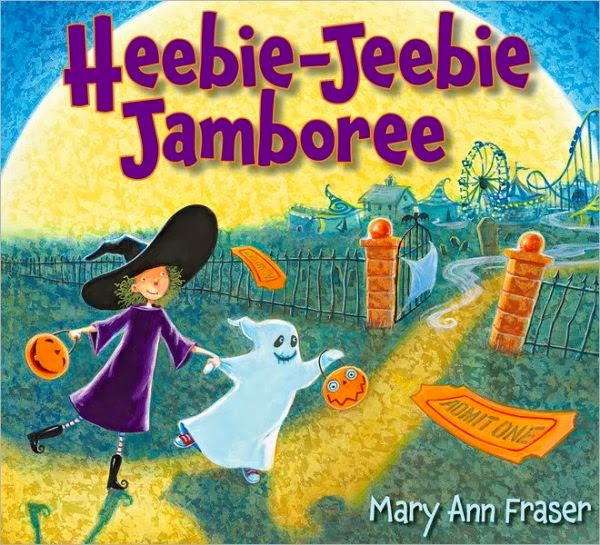
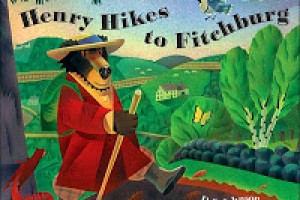
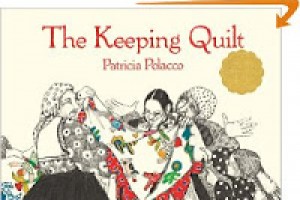
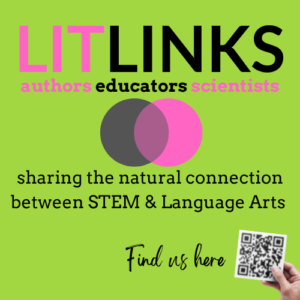
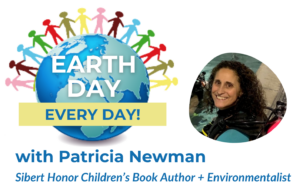
Leave a Reply
Your email is safe with me.